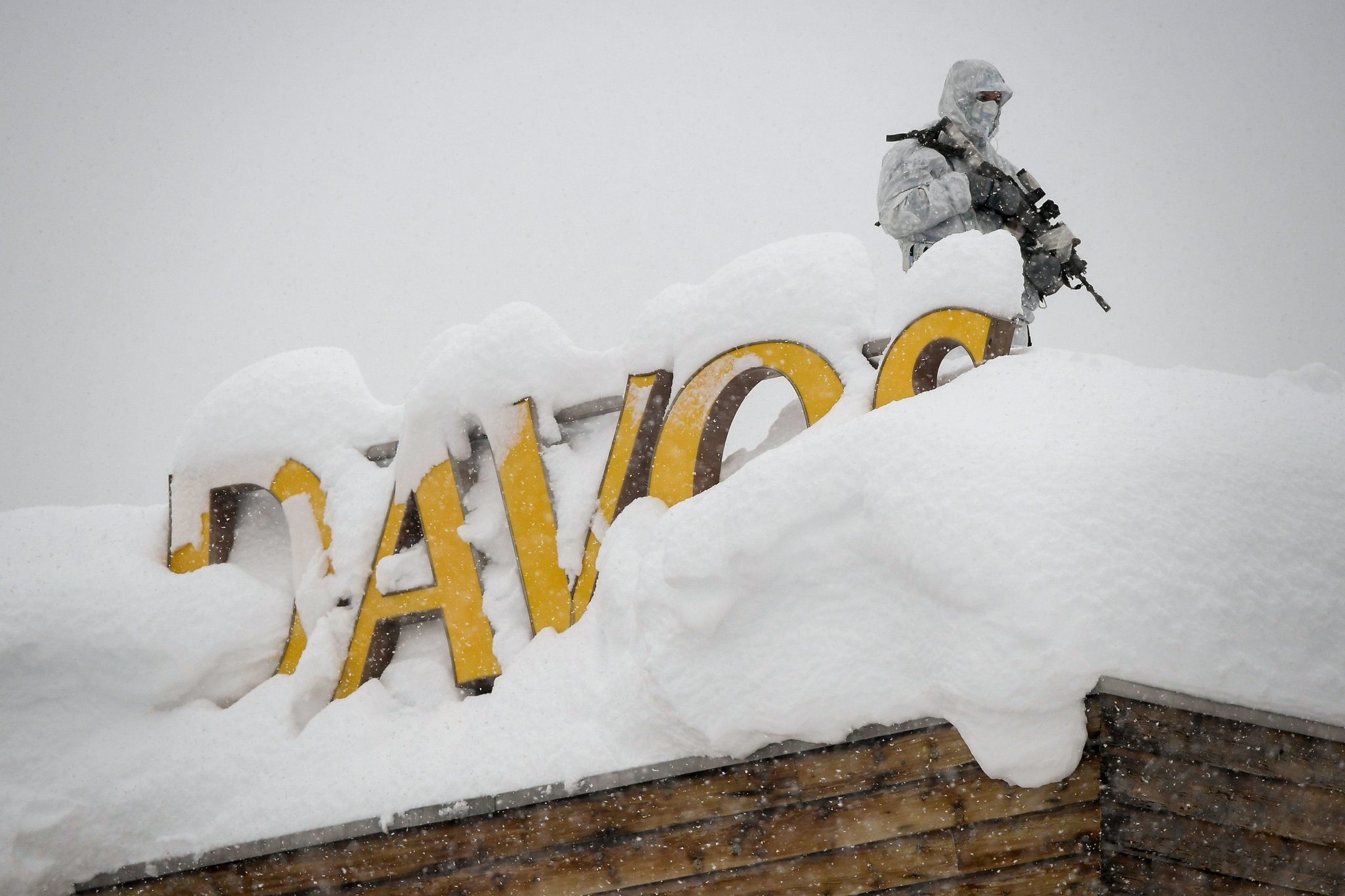
© Fabrice Coffrini/Agence France-Presse — Getty ImagesSixty heads of state, hundreds of global business leaders, and countless armed security guards are gathering in Davos this week.
The global economy and geopolitical tensions are taking a back seat to a more immediate problem at this year's Davos summit of political and business leaders: heavy snow is burying the venue.
High in the Swiss alps on Monday, on the eve of the opening sessions, many of the roughly 3,000 delegates struggled to reach the ski resort. Part of the main train line into Davos had been buried in snow over the weekend, forcing people onto buses, and helicopters were disrupted by poor visibility.
Some pre-summit meetings were canceled or delayed as the first waves of delegates waded through snow-blanketed streets with luggage, looking for their hotels, or had to wait for road crews to dig their limousines out of drifts.
Businessmen slipped over on icy patches as snow plows roamed the streets, with the snow returning as fast as the machines could clear it.
World Economic Forum communications chief Adrian Monck said it appeared to be the
heaviest snowfall for the four-decades-old summit since 1999-2000, though he described it as more of an inconvenience than a real threat to attendance.
"We know the snow causes inconvenience and it puts a lot of pressure on the city of Davos as a host but so far we have not seen any drop-off in registrations," Monck said.
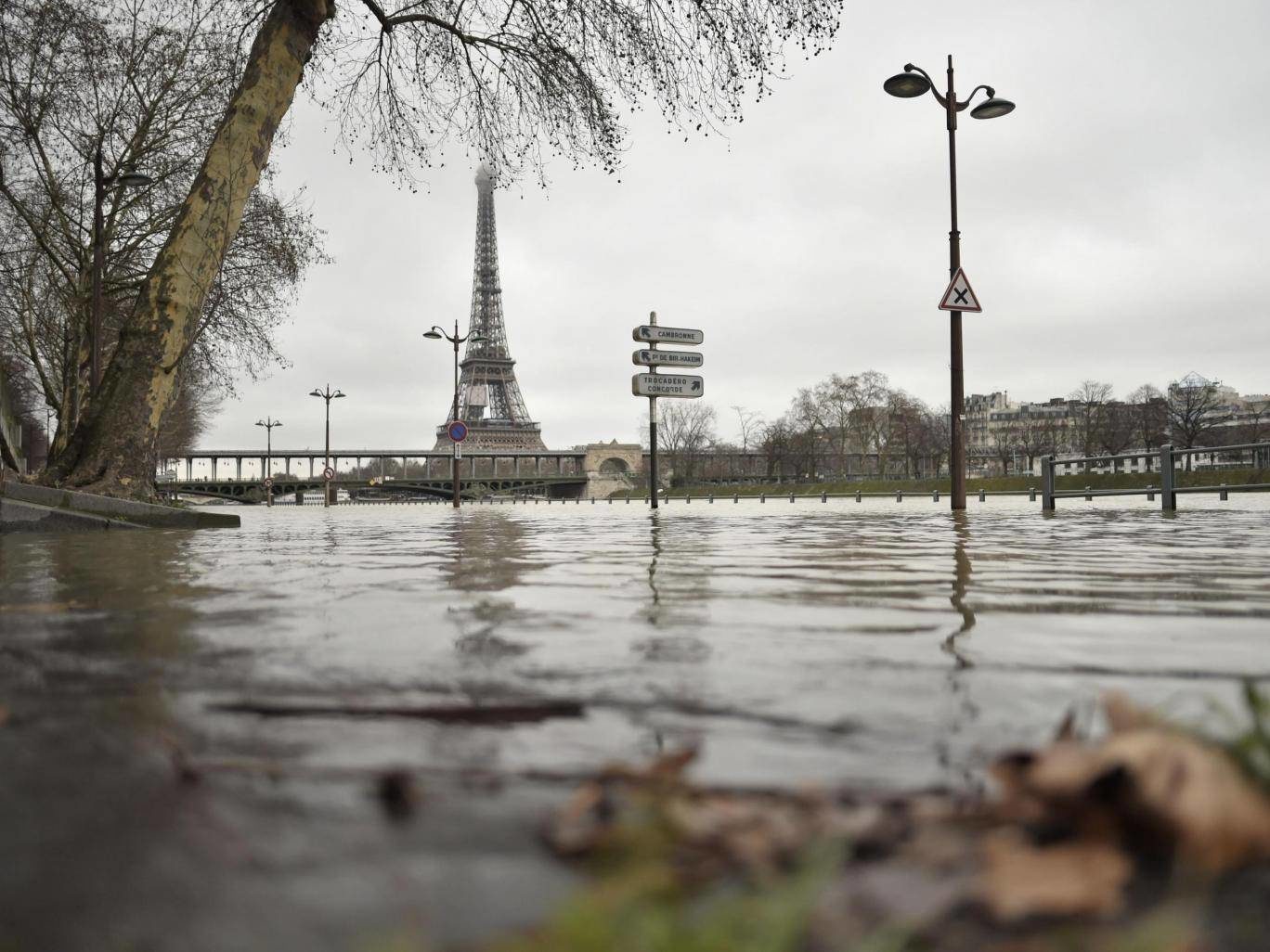
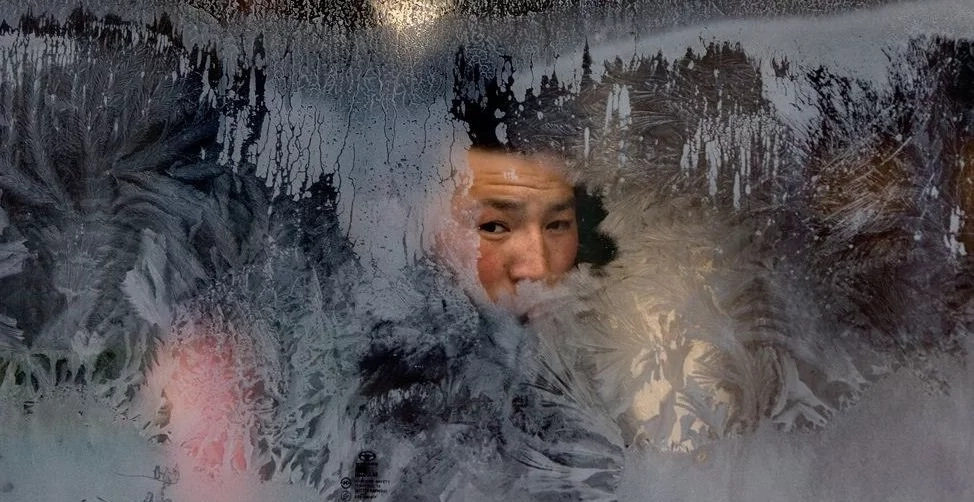
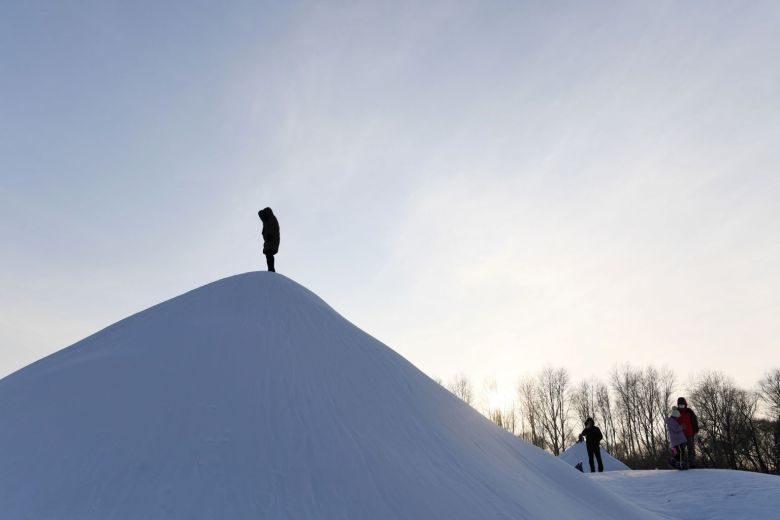
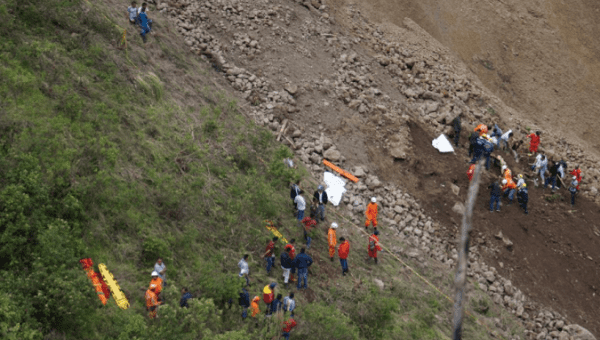
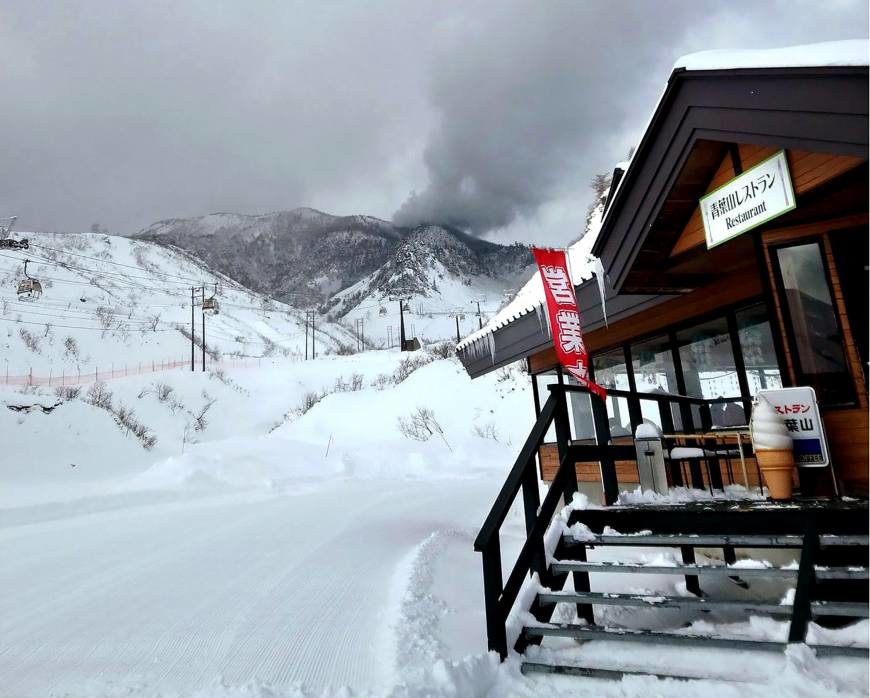
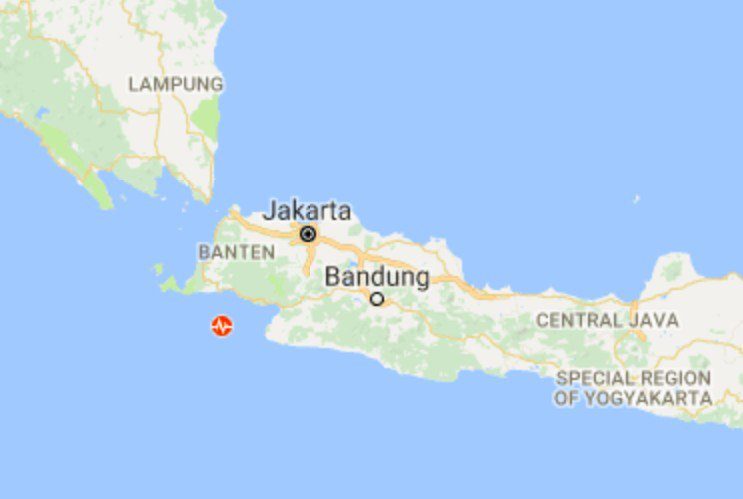
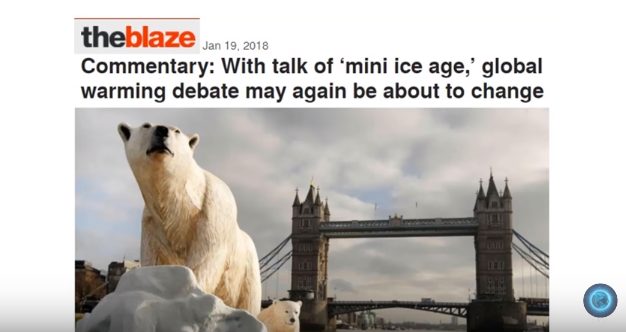
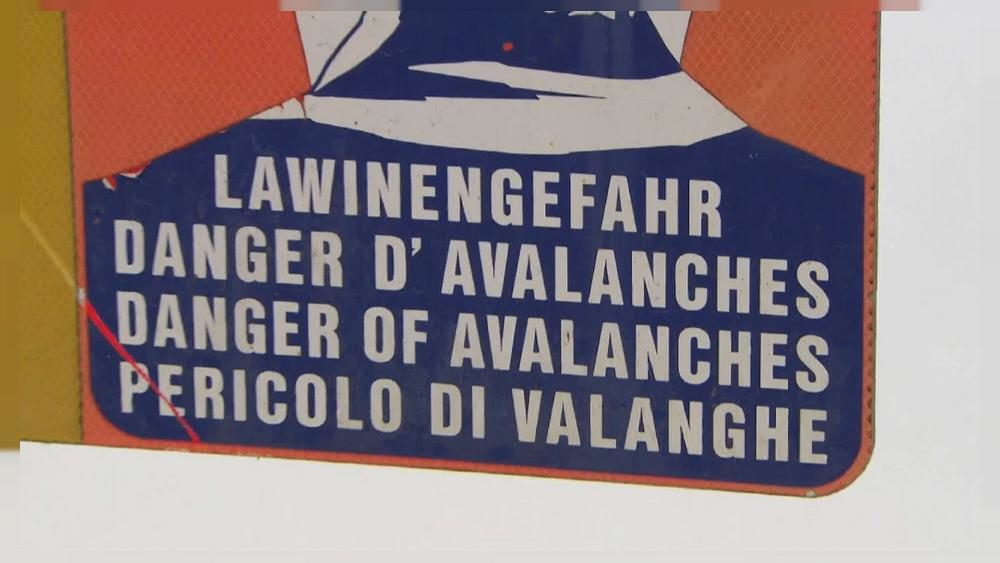

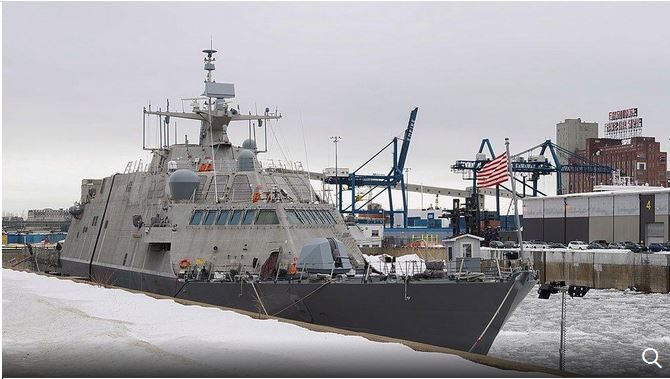



Comment: According to The Local France, 29 departments in various parts of France were place on orange alert by Météo France earlier this week for the risk of flooding, downpours and avalanches.
In eastern France the Doubs and Jura were placed on red alert - the highest level of warning - for dangerous flooding. Météo France advised residents to remain in doors and avoid all unnecessary travel. "If people have to make a journey they must take all necessary precautions and follow any road diversions that have been put in place," Météo France says. The warning is due to the river Loue, which runs through both departments, having burst its banks.
The map below shows the other areas of France on orange - the second highest warning level - for flooding, which include Normandy as well as Paris and the surrounding Île de France region. Swathes of south west and north eastern France were also on flood warnings as downpours continued throughout Monday across much of the country.